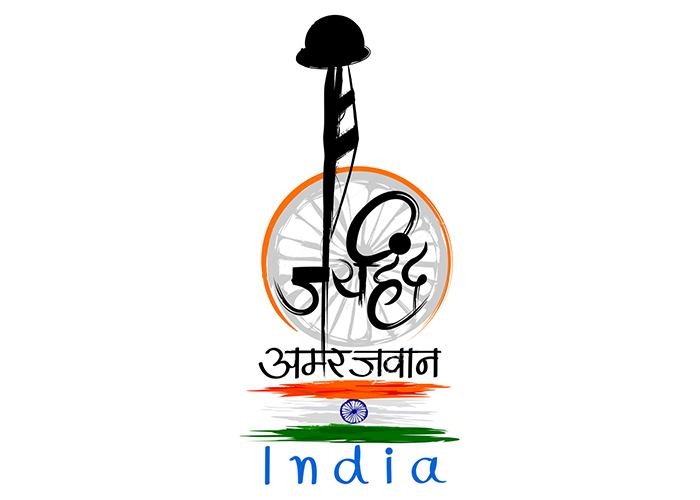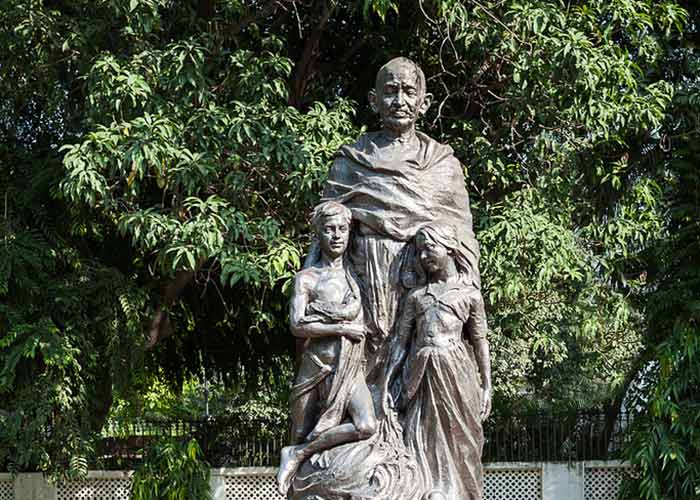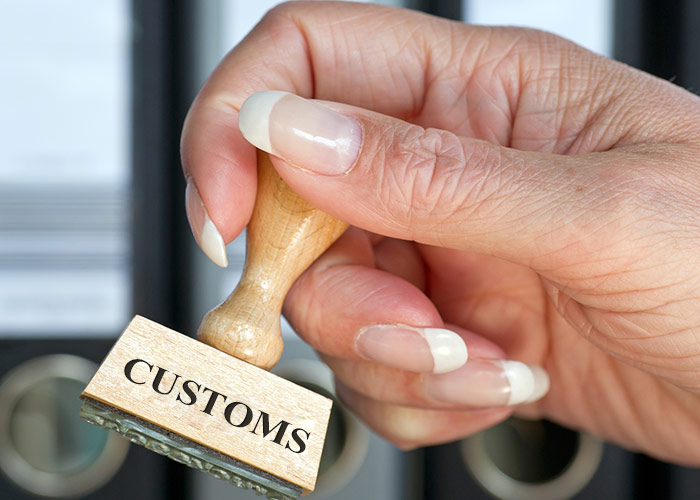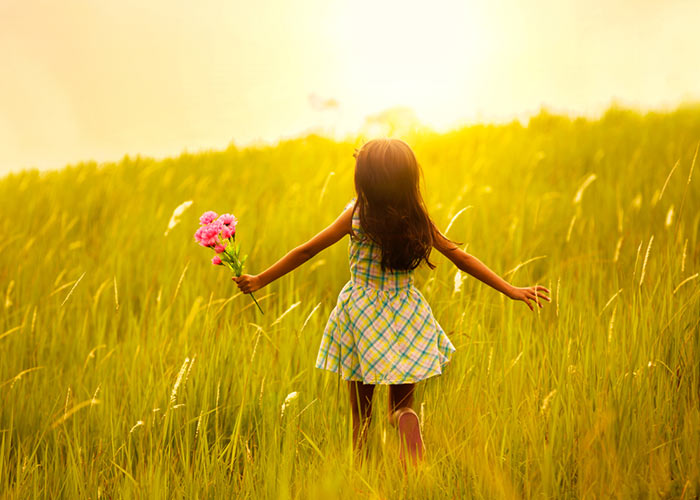World Day against child Labour is observed by the International Labour Organization, an agency under the United Nations, to combat child labour throughout the world. Established by the ILO in 2002, world day against child labour is observed on 12th June every year.
At the core of the idea is ILO’s intention to fight against all the forms of child labour throughout the world and make every possible effort to provide all the children a conducive and healthy environment to grow.
The day is jointly observed by the governments, private sector, labour organizations, non government organizations (NGOs) and other relevant bodies, to tackle the problem of child labour throughout the world and take necessary policy measures in this regard.
World Day against Child Labour 2019
World Day against Child Labour 2019 was celebrated on Wednesday, 12th June 2019.
The main theme of the World Day against Child Labour 2019 was “Children shouldn’t work in fields, but on dreams”. Its main aim was to work for the development of children working in agriculture sector throughout the world.
Since its establishment in 1919, the International Labour Organization has fostered the idea of social justice and a conducive environment to work. This year the ILO celebrated the 100th year of its inception.
The International Labour Organization retrospect on its achievements of past 100 years in countries it had worked to propagate social justice and eliminate child labour.
This year the International Labour Organization called for the complete acceptance of convention numbers 138 and 182 by all its member states. It was also aimed at promoting the 2014 convention against forced labor which protects the rights of both children and adults.
Many programmes and events were conducted across the globe on the occasion to raise awareness on the rights of the children. Child activists across the world emphasized to stop child labour and to promote education of the children.
What Constitutes Child Labour?
International Labour Organization specifically defines child labour as – “work that deprives children of their childhood, their potential and their dignity, and that is harmful to physical and mental health”.
Though, the work that makes children skilled and instills positive development in them is not considered as child labour; however, such work shouldn’t deprive the children of their right to education and a dignified living.
The International Labour Organization has defined child labor as a work which has physically, mentally and socially damaging consequences on the children. Any work interfering with the schooling of the children is also termed as child labour and is broadly categorized into three forms – work depriving the children of the opportunity to attend school; work that obliges the children to leave school at an early age and work that requires the children to attend school along with heavy work load.
World Day against Child Labour – History
The International Labour Organization (ILO) was established in 1919, with the mandate to promote social justice and setup International Labour standards. The ILO has 187 member states, out of which 186 are also the member states of the United Nations and the 187th member is Cook Island (south pacific).
Since its inception, the ILO has passed many conventions aimed at improving the condition of labours across the world, by giving guidelines on matters like wages, working hours, favorable environment etc.
The 2002 launch of “World Day against Child Labour” was encouraged by the conventions number 138 and 182, by the International Labour Organization.
ILO convention number 138 was adopted in 1973 and concerned the minimum age for employment. It stressed upon the member states to raise the minimum age of employment and to abolish child labour.
The ILO convention number 182 was adopted in 1999. It is also called “Worst Forms of Child Labour Convention” as it was aimed at taking necessary and immediate action to eliminate worst for of child labour.
Need of the Campaign “World Day against Child Labour”
Children are the future; the economic and social fate of the world depends on the children of today. The statics however reveal a grim picture by estimating the total number of child labours across the world to be 152 millions. Moreover, the numbers include children working in almost all the sector like – transportation, agriculture, small scale industries, non registered factories, unorganized sectors etc.
Nearly half of this numbers of children are forced to work in sectors constituting worst forms of child labour. These worst forms of child labour include slavery, prostitution, armed conflict and drug trafficking etc.
When a child is employed as a labour, s/he is deprived of education and has to work in an environment harmful for physical and mental growth. Child labour also deprives the children of any basic fundamental right that must have been provided to them at all costs.
There is a strong correlation between child labour and poverty, conflicts and refugee situations. Children in underdeveloped or developing economies are forced to work at an early age to supplement their family’s income. Some of the top ten countries facing the problem of child labour are – Somalia, Democratic Republic of Congo, Myanmar, Sudan, Afghanistan and Pakistan.
Even the countries fairing well on economic grounds like India, China and Russia are at a high risk of wide spread child labour due to poor enforcement of child and labour laws.
Moreover, to eliminate child labour is one of the prime targets under Sustainable Development Goal (SDG goal) number 8. SDG goal number 8 relates to “Decent Work and Economic Growth”. The 7th target under SDG 8 is thus read – “Take immediate and effective measures to eradicate forced labour, end modern slavery and human trafficking and secure the prohibition and elimination of the worst form of child labour, including recruitment and use of child soldiers, and by 2025 end child labour in all its forms”.
How is “World Day against Child Labour” Observed?
The world Day against Child Labour enjoys wide support by the governments, labour organizations, UN agencies and various other private and semi government organizations throughout the world.
Every year a specific theme is assigned by the International Labour Organization related to various aspects of child labour. Efforts are made by the ILO, member states, United Nations and other governments to increase the number of stake holders in the fight to eliminate child labour.
The International Labor Organization gives guidelines to the nations and suggests policy initiatives to tackle the problem of child labour. The support network including government staff, NGOs and volunteers reach out to the children, at the high risk of child labour or those already working as child labour.
Children at high risk of child labour or those already in it, are prevented from child labour, through counseling their parents and providing benefits mandated by the government.
Eliminating child labour from throughout the world is a colossal task and a pretty expensive one too. A good amount of progress made, therefore relies on the donations made by stake holders and other concerned organizations. Every possible effort is made by the concerned governments and organizations to raise the budgetary allocation for the program and also to invoke donations.
Significance of “World Day against Child Labour”
“World Day against Child Labour” is vital for achieving the UN propagated Sustainable Development Goals (SDGs) by 2030. It is also significant in reaching target number 7 under SDG goal number 8 (decent work and Economic Growth).
The returns on efforts made by ILO and other relevant organizations in eliminating child labour are incalculable. The children, who get out of child labour, are able to realize their true potential and self worth. They begin to enjoy the fruits of basic human rights living a life of dignity and growth.
Such children in longer run immensely contribute to the economical and social growth of a nation as well as that of the world.
Themes of World Day against Child Labour
- World Day against Child Labour Theme 2019 – “Children shouldn’t work in fields, but on dreams!”
- World Day against Child Labour Theme 2018 – “Generation safe and Healthy”.
- World Day against Child Labour Theme 2017 – “In conflicts and disasters, protect children from child labour”.
- World Day against Child Labour Theme 2016 – “End child labour in supply chains – It’s everyone’s business!”
- World Day against Child Labour Theme 2015 – “NO to child labour – YES to quality education!”
- World Day against Child Labour Theme 2014 – “Extend social protection: combat child labour!”
- World Day against Child Labour Theme 2013 – “No to child labour in domestic work”.
- World Day against Child Labour Theme 2012 – “Human rights and social justice…let’s end child labour”.
- World Day against Child Labour Theme 2011 – “Warning! Children in hazardous work!”
- World Day against Child Labour Theme 2010 – “Go for the goal…end child labour”.
- World Day against Child Labour Theme 2009 – “Give girls a chance: End child labour”.
- World Day against Child Labour Theme 2008 – “Education: The right response to child labour”.
- World Day against Child Labour Theme 2007 – “Child labour and agriculture”.
- World Day against Child Labour Theme 2006 – “The end of child labour: together we can do it”.
- World Day against Child Labour Theme 2005 – “A load too heavy: child labour in mining and quarrying”.
- World Day against Child Labour Theme 2004 – “Behind closed doors: Child domestic labour”.
- World Day against Child Labour Theme 2003 – “Trafficking in children”.
- World Day against Child Labour Theme 2002 – “A future without child labour”.




